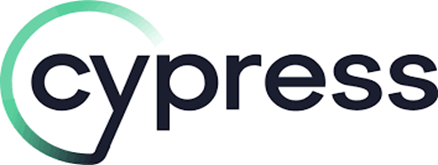Why testing is so important
Last month, Virtua Health, a health organisation based in Marlton, New Jersey, reported that it had discovered a bug in its immunisation self-scheduling system. According to a report by TapInto Camden on 12 February, the problem was fixed soon after it was discovered. According to the director of the Virtua Health Access Centre, Malik Bahar, between 10,000 and 11,000 appointments were duplicated due to the error. In some cases, a single person was found to have made more than 20 immunisation appointments, highlighting the extent of the problem.
To promptly rectify the problem, a team of 200 Virtua Health staff made over 10,400 phone calls to resolve the issue, enabling approximately 5,000 additional appointments to be made. The majority of people affected by the duplicate appointments were senior citizens, so a quick and effective solution was urgently needed.
This bug was found through better testing and corrected before the system went live. The huge effort and cost caused by this bug could be avoided by a proper test plan and well-done test execution.
Source: https://www.beckershospitalreview.com/healthcare-information-technology/software-bug-in-new-jersey-hospital-s-vaccine-scheduling-system-causes-thousands-of-duplicate-appointments.html








